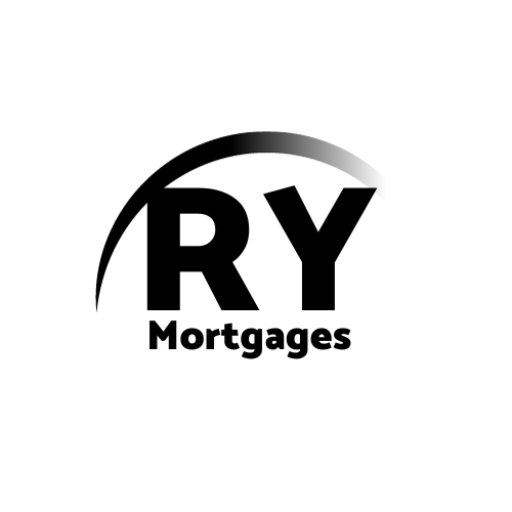Here’s why prospective first-time buyers should open a First Home Savings Account (FHSA)
What is FHSA?
The FHSA was launched earlier this year by the federal government as a new vehicle to help prospective first-time buyers save for their home purchase.
It’s unique in that it combines the benefits of a registered retirement savings plan (RRSP) and a tax-free savings account (TFSA). Like an RRSP, your contributions are tax deductible for the year in which you make them, and like a TFSA, any income, capital gains and dividends earned in the account are tax-free.
“As long as you’re taking the money out for the purposes of purchasing an eligible home, there are no tax consequences

Why you should open a FHSA before the end of the year?
The FHSA allows first-time homebuyers to contribute up to $8,000 per year up to a lifetime limit of $40,000. Any unused contribution room in a calendar year will be carried over to the following year.
For this reason, many financial advisors are suggesting that people open a FHSA account this year in order to accumulate the additional contribution room.
For those who are undecided about whether they want to purchase a home, its best that people at least open their FHSA to start accumulating the contribution room, even if they still plan to put most of their investments into a TFSA.
“I tell people at least get it open this year, If you put in $5, you will get that and whatever you don’t use this year carries over to the following year.”
Then, if you decide you do want to purchase a home later on, you can transfer the money into the room you accumulated in the FHSA and get a tax receipt to deduct from your income tax.
“If you’re really on the fence, put the bulk of your savings into your TFSA, then as soon as you’re ready, you can flip it over to the FHSA,” says Gyurtis.
If you don’t end up purchasing a home, the amount in your FHSA can be transferred to your RRSP tax-free.
“The nice thing is any money that’s in that plan—let’s say you don’t buy a property—you can actually transfer that to your RRSP with no tax consequences, It won’t even affect your contribution room into your RRSP.
Alternatively, if you want to invest in an FHSA but don’t have the cash, you could consider transferring the money from your TFSA into an FHSA, and then put the money you save on taxes via a tax refund back into a TFSA.
In any case open up your FHSA so you’re getting the benefit of accumulating the contribution room.
How does the FHSA compare to a TFSA or a home buyers’ plan?
For those saving for a down payment on a home, they may be comparing the FHSA to other investment tools like the TFSA or the Home Buyers’ Plan (HBP).
The TFSA is a savings account for Canadians that lets their money grow tax-free. This money can then be taken out at any time and used in any way, including as a down payment on a property.
While the TFSA doesn’t offer the income tax deductions of a FHSA, it does offer more financial flexibility since it doesn’t require the money to be put towards a down payment.
Another alternative to the FHSA is the HBP, which allows Canadians to take up to $35,000 out of their RRSP to put towards a down payment on a home. This money then has to be repaid in the following 15 years starting two years after you made the withdrawal.
But unlike the HBP, the main benefit of the FHSA is that it doesn’t require any repayments. Importantly the $40,000 lifetime contribution limit of the FHSA and $35,000 limit of the HBP can be combined so that Canadians can use up to $75,000 in investments to save for their down payment.
Frequently asked questions about the FHSA
For those interested in opening a FHSA, here are some key details to keep in mind.
Who can open a FHSA?
Anyone who is at least 18 years of age, not more than 71 years old, a resident of Canada, and a first-time homebuyer.
Who qualifies as a first-time homebuyer?
For the purposes of opening a FHSA account, you are considered a first-time homebuyer if you did not, at any time in the current calendar year before the account is opened or at any time in the preceding four calendar years, live in a qualifying home as your principal place of residence that you owned or jointly owned, or that your spouse or common-law partner owned or jointly owned.
For the purposes of a qualifying withdrawal, you are considered a first-time homebuyer if you did not, at any time in the current calendar year before the withdrawal (except the 30 days immediately before the withdrawal) or at any time in the preceding four calendar years, live in a qualifying home as your principal place of residence that you owned or jointly owned.
How can you open a FHSA?
You must contact a FHSA issuer, such as a bank credit union, a trust or insurance company. There are currently more than 20 financial institutions that offer FHSA accounts, including all of the Big 6 banks.
What do you need to open your FHSA?
You will need to provide your financial institution with:
- your social insurance number
- your date of birth
- any supporting documents needed to certify you are a qualifying individual
